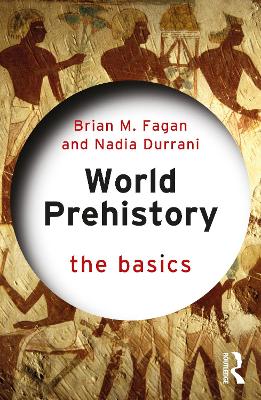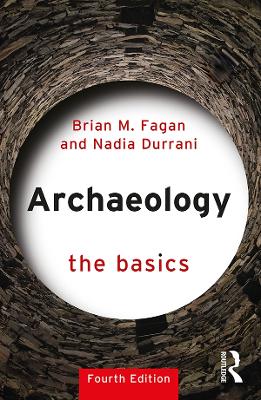The Basics
2 total works
World Prehistory: The Basics tells the compelling story of human prehistory, from our African origins to the spectacular pre-industrial civilizations and cities of the more recent past.
Written in a non-technical style by two archaeologists and experienced writers about the past, the story begins with human origins in Africa some 6 million years ago and the spread of our remote ancestors across the Old World. Then we return to Africa and describe the emergence of Homo sapiens (modern humans) over 300,000 years ago, then, much later, their permanent settlement of Europe, Eurasia, Asia, and the Americas. From hunters and foragers, we turn to the origins of farming and animal domestication in different parts of the world after about 11,000 years ago and show how these new economies changed human existence dramatically. Five chapters tell the stories of the great pre-industrial civilizations that emerged after 5000 years before present in the Old World and the Americas, their strengths, volatility, and weaknesses. These chapters describe powerful rulers and their ideologies, also the lives of non-elites. The narratives chronicle the rise and fall of civilizations, and the devastating effects of long droughts on many of them. The closing chapter poses a question: Why is world prehistory important in the modern world? What does it tell us about ourselves?
Providing a simple, but entertaining and stimulating, account of the prehistoric past from human origins to today from a global perspective, World Prehistory: The Basics is the ideal guide to the story of our early human past and its relevance to the modern world.
Archaeology: The Basics, rewritten for this fourth edition, is a short, engaging book that takes the reader on a journey through the fascinating world of archaeology and archaeologists.
Written in a non-technical style by two experienced archaeologists and writers about the past, the book begins by introducing archaeology as a unique way of studying the entire span of the human past from our origins some six million years ago to today. The authors stress that archaeology is a global study of human biological and cultural diversity. After a brief look at early archaeological discoveries, they introduce today’s multidisciplinary archaeology. Then they go on to describe the archaeological record, the archives of the past and the importance of contexts of time and space. How do we find archaeological sites and how do we explore them? Two chapters laced with examples examine these questions. Later chapters describe ancient technologies and how we study them, and the all-important subject of changing ancient environments and climate change. Zooarchaeology, flotation methods, and other ways of reconstructing ancient diet and subsistence lead us into the study of changing settlement patterns across the landscape. Next, they visit the people of the past, either as individuals or groups, calling on bioarchaeology to assist them. Two chapters discuss ancient culture change and the remarkable diversity of ancient societies, and they are followed by an exploration of the spiritual realm, the exploration of the intangible. The final chapter looks at the importance of archaeology in today’s world. Rich in numerous examples and contemporary thinking about archaeology, this book tries to answer an important question: What does archaeology tell us about ourselves?
Archaeology: The Basics is essential reading for all those beginning to study archaeology and anyone who has ever questioned the past.

